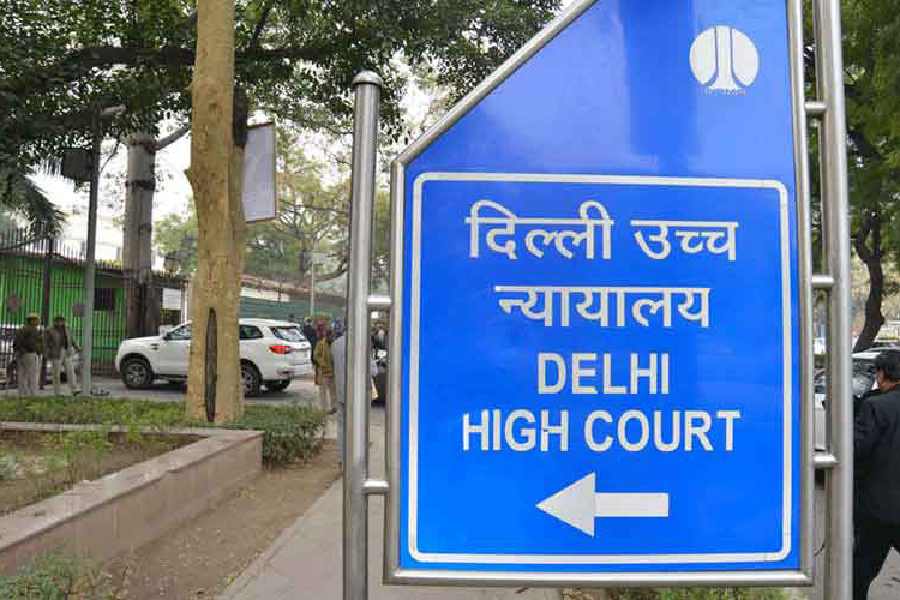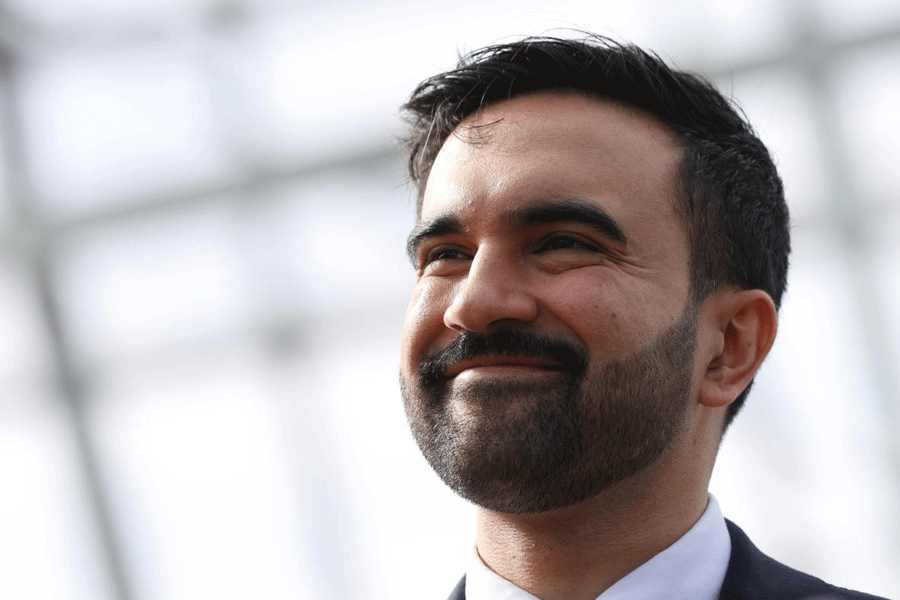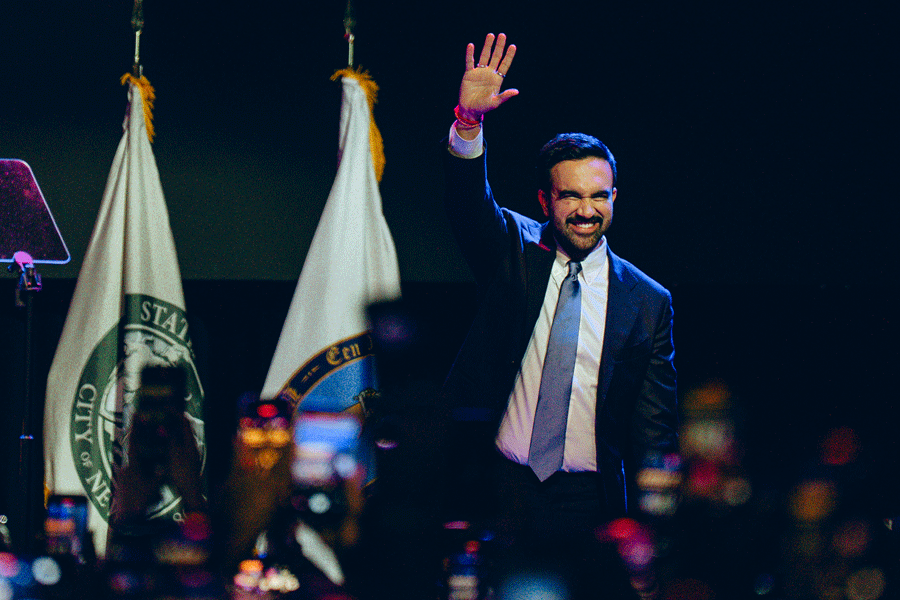 |
 |
 |
 |
| Glamour games: Players such as (from top) Gurjinder Singh (Pic: Shiv Dev Thakur), Gouramangi Singh, Subrata Pal and (below) Sunil Chhetri maintain that the money benefits the game too |
Gurjinder Singh had no time to watch India defeat France in hockey to find a place in the London Olympics. When India was rejoicing in its win in February, the 18-year-old hockey player was busy sharpening his drag-flicking skills in Chandigarh.
“I was happy that India won, but my focus was on the first match of the World Series Hockey (WSH) tournament,” says the baby-faced player, sitting on the green turf at the Surjeet Singh Hockey Stadium in Jalandhar. For him, the stakes were high, especially since Indian captain Sandeep Singh had urged Gurjinder to reconsider participating in a tournament not recognised by Hockey India, the official governing body in India.
Gurjinder, however, went ahead with his decision to join the WSH. And now he is richer by over Rs 1 crore.
“I took a risk,” admits the six-foot son of a farmer from Sangatpur village in Punjab’s Gurdaspur district. “But I was paid Rs 5 lakh just to participate in the tournament. I don’t think an Indian hockey player earns that much even in three years.”
Gurjinder Singh went on to shoot 19 goals in the tournament, sharing the top goal scoring spot with Pakistani player Syed Imran Warsi. The icing on the cake was the Rs 1 crore cheque he won as the player of the tournament. With the Rs 12.5 lakh he earned as the highest goal scorer and his Rs 5 lakh salary, he ended up with a cool Rs 1.17 crore for playing 15 matches in a period lasting a little over a month.
“The highest individual prize money I had ever won in a tournament before this was Rs 5,000 a few months ago,” chuckles Singh.
Gurjinder, who has not even represented India at the junior level, is now the cynosure of all eyes in Jalandhar, where he is taking part in a tournament. When money speaks — and that too in the non-cricketing world of Indian sports — it rings loud and clear.
With sponsors willing to look at games other than cricket and administrators emulating cricket’s Indian Premier League (IPL) model of having city-based franchisees with an emphasis on television coverage and sponsorship, money is flowing into non-cricketing events. Not surprisingly, sportsmen are raking in mega bucks.
Take 26-year-old Gouramangi Singh, one of India’s highest paid footballers. Currently with Goa’s Churchill Brothers, he is reportedly being offered more than Rs 1 crore to play in the 2012-2013 season of I-League — a first division league comprising 14 teams from around the country — by at least two Bengal-based clubs. Although Gouramangi Singh doesn’t want to go into the specifics as he will continue to play for his club for a few more matches this season, he is sure that some players will cross the Rs 1-crore mark in the new season.
Of course, compared to international football — top player Lionel Messi of Barcelona has a salary package alone of USD 16 million — Rs 1 crore may seem like peanuts. But Indian players are rejoicing. For one, they are happy that games other than cricket are getting recognition. And two, for the players, it is indeed big money.
“I come from a very humble background,” Gouramangi stresses. “When I started playing football, we never dreamt of this kind of money. We can now seriously claim that playing football in India pays.”
And if you happen to be one Sunil Chhetri, it does so handsomely. Mohun Bagan is believed to have paid him more than Rs 90 lakh for the current season (till May 2012). And with the football club openly declaring that Chhetri is free to look for suitors outside, the Indian captain is now all set to go under the hammer for Rs 1.2- Rs 1.5 crore for the next season.
“We have told him that we may not insist on him playing for the club. Moreover, we will not be paying any Indian player more than Rs 1 crore in the coming season,” states Debashis Datta, finance secretary, Mohun Bagan. Chhetri started his career with Mohun Bagan in 2002 with an annual salary of Rs 2.5 lakh at a time when his idol Bhaichung Bhutia’s monthly salary from the club was more than that. “Bhaichung had told me then that I had to concentrate on my game. Everything else would follow,” says Chhetri.
Chhetri, 29, is not surprised at the spike in salaries. “People are ready to embrace games other than cricket if they get good quality,” he believes.
 |
| RISING STAR: Gouramangi Singh (left) in action |
The players stress that high incomes are not just good for sportsmen but benefits the game too. As Subrata Pal, Indian football’s No. 1 goalkeeper who is also rumoured to be in the Rs 1 crore category, points out, everybody sits up and takes notice when players start earning well. “Glamour then comes automatically. Everybody calls on a crorepati,” Pal says.
It’s not that football teams in India were not paying 8-figure salaries earlier. They were, but the beneficiaries were mostly foreign star players. Nigerians Okolie Odafa and Ranti Martins are paid in crores for the I-League. But now Indians are also scaling the income ladder.
That’s because marketing gurus are confident today of cashing in on the popularity of hockey and football. Full stadiums translate into thousands of viewers — a captive audience for advertisers.
Apart from cricket, top sportsmen in games such as golf and tennis too have been high earners. The Professional Golf Tour of India tried its hand at cashing in on the franchisee model in golf by organising a tournament with 10 city-based teams. Comprising only Indian golfers the total prize money was Rs 1.24 crore. Some of the other sporting events based on franchisee models that are in the offing in India include rugby, boxing, basketball and American football.
In fact, Richard Whelan, CEO and MD, Elite Football League of India (EFLI), which will organise an American Football style league in India in November, says that the players in the EFLI will “become amongst the highest paid professionals” in all of India. “In India, just like in America, these athletes will surpass Bollywood actors in both ‘star status’ and earning and endorsement power,” Whelan holds.
According to Jitendra Joshi, co-founder and CEO, SportzConsult, a Mumbai-based sports consultant company, an “eco-system” can be developed for football and hockey to succeed in India. “Ticketing, media presence, sponsorship and merchandise are four important ingredients. And football and hockey have the potential to have all four in India,” he says.
That’s the reason Wizcraft International, a Delhi-based event management company and owners of Delhi Wizards hockey team in WSH, pumped in around Rs 10 crore for the franchise. “The coverage and visibility gained by WSH benefited us immensely. With viewer interest come the sponsors,” says Sabbas Joseph, director, Wizcraft International.
Sponsors have their reasons for looking beyond cricket. Consider this. While DLF has been spending around Rs 40 crore per annum for the last five years just to be IPL’s title sponsor, Bridgestone, the title sponsor of WSH, paid only around Rs 5 crore to get that honour.
“Title sponsorship of WSH came as a natural fit to our marketing and promotional strategy and we were quite confident that the format would be well accepted in India,” says Vaibhav Saraf, general manager, sales and marketing, consumer products, Bridgestone India.
With intensive media coverage, as the games gain prominence, so do the players. “Top players were paid handsomely this year,” says former India hockey coach Harendra Singh, who coaches the WSH team Chandigarh Comets. “If India does well in the Olympics, I will not be surprised if someone like Sandeep Singh commands close to Rs 1 crore in next year’s edition of WSH,” he adds.
Harendra Singh is not talking through his hat. “There is a sponsorship fatigue in cricket as witnessed during IPL-5 [the ongoing IPL series]. Many want to get out of the clutter. If any other sport provides an opportunity, sponsors are ready to put their money there,” Joshi says.
The jostling for eyeballs has begun in right earnest. “India has a football legacy that is waiting to be tapped,” says Thomas Abraham of SportzPower, a Mumbai-based company that tracks media, marketing and business centred on sports in India.
For instance, International sports management company IMG, in a tie-up with Reliance, has a 15-year partnership with the All India Football Federation, the governing body for football. This agreement grants IMG-Reliance all commercial rights, including media, sponsorship, advertising, licensing and merchandising. It has signed a similar deal with the Basketball Federation of India. “IMG-Reliance is working to completely revamp the I-League,” adds Abraham.
All this will lead to further raises for sportspeople, but Churchill Brothers’ founder Churchill Alemao is worried. He welcomes the monetary rise but wonders how clubs will be affected if budgets centre on buying players. “I am happy for players, but the clubs should also think about the future and invest in grassroots-level development. Clubs can’t run on costly players alone if the overall quality is not good,” he says.
But the players are not complaining. Gurjinder is happy with his prize money, and plans to build a room for himself in their village house. “He is a star after pocketing Rs 1 crore,” says Rajpal Singh, former India hockey captain. “This may have made Gurjinder rich but, more importantly, it has added glamour to hockey. That’s what money does,” he says, shrugging his shoulders.
Not surprisingly, the hottest topic among young players at a selection trial for the Tata Football Academy in Jamshedpur was their favourite players’ earnings.
“They are paving the path for youngsters like me,” says Pratik Shinde, a 15-year-old player considered to be one of India’s most talented young footballers. “The higher they get, the better it is for us,” he says.
And the better it is for sports too.










